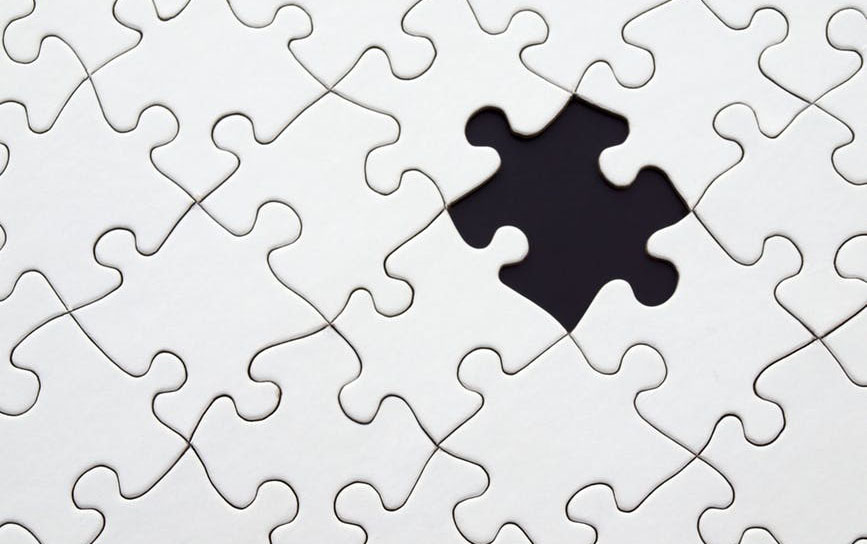“A thing of beauty is a joy forever.”
This is the opening line of the very famous poem called Endymion by
John Keats, published in the early 1800s.
While this line is intended to set up a beautiful story about timeless romance, the line itself in popular culture has been used in literature, movies, ads and general conversation to describe everything from nature to art to science and more.
Why? Because Keats did an awesome job of extracting the nuance of something that everyone can relate to — not just love, not just beauty, but timelessness. It’s human nature to want timelessness and sometimes even take it for granted.
Good innovators know when something is going to fail the timelessness test. However, great innovators look at what’s failed or failing and, like a priceless painting unrecognizable from years of dust, extract what’s timeless and work hard to put it into a modern context.
Let’s look at some of the most famous modern innovators and put a label on what timeless element they extracted and modernized.
- Steve Jobs (Apple): 24/7 connection to what’s important
- Mark Zuckerberg (Facebook): Social exchange and acceptance
- Jeff Bezos (Amazon): Convenience and time-saving
- Travis Kalanick (Uber): Anything on demand, including a job
Any company that is constantly looking at its products and their applicability to new consumers is practicing good innovation. However, those that can define the nugget of timelessness have a greater advantage.
See also: Innovation Challenge for Commercial Lines
Recently, my colleagues and I have had the privilege of working with the American Fraternal Alliance, and we’re in the midst of an inspiring innovation initiative for what could be considered a dusty corner of the life insurance industry.
1. Why is it dusty?
For background, fraternal benefit societies are organizations of people who usually share a common ethnic, religious or vocational affiliation and may provide insurance to members, primarily life insurance. While this model dates back hundreds of years, the dustiness doesn’t come just from age. For starters, the practices and language used by these societies can conjure up outdated or inaccurate images because connotations of words and phrases change over time. More important, for some, there is a decline or weakening of the common bond that drew the group together in the first place, requiring it to be updated.
2. Why is it inspiring?
The insurance industry provides a valuable utility to the public, yet consumers today have a negative impression of the industry. Recent developments in healthcare don’t help that impression. Fraternals are a special kind of insurance organization that is required to give profits back to their communities; thereby, done right, they shift the focus naturally from what they offer to why they offer it.
3. What do they want to accomplish?
The American Fraternal Alliance members want to reposition the fraternal model into the modern day and help more consumers understand it. However, it’s not an exercise of logos and fonts or sexy models selling something. It’s about finding and extracting what’s timeless and then communicating that in the right way.
4. How did they start?
This group started with a small investment, to determine if there was an opportunity in the first place. What was found was very encouraging. While the awareness levels in the market were quite low as a starting point, when consumers intending to buy life insurance in the next two years were provided with a simple description of a fraternal, the overall impression was very positive. Then, when fraternals were described in a new way, overall positive impression went up by another 23 percentage points. Further, the interest level in buying from a fraternal was 70% when prospects were exposed to a new positioning message.
This is further validated by signals in the market. We see younger consumers favoring brands that give back to communities all around the world. In addition, the disruptors in insurance are leveraging new definitions of community as a selling point for peer-to-peer models.
See also: Examining Potential of Peer-to-Peer Insurers
That’s not to say there isn’t a lot of work still to be done. However, the innovation lesson here for the life insurance industry may be that community is timeless, and modernizing it may mean more to the future of insurance than modernizing insurance itself. Extracting what community really means and working hard to deliver on that value is what will ultimately move the needle in a meaningful way. Fraternals, dustiness aside, are in a great position to do that.








